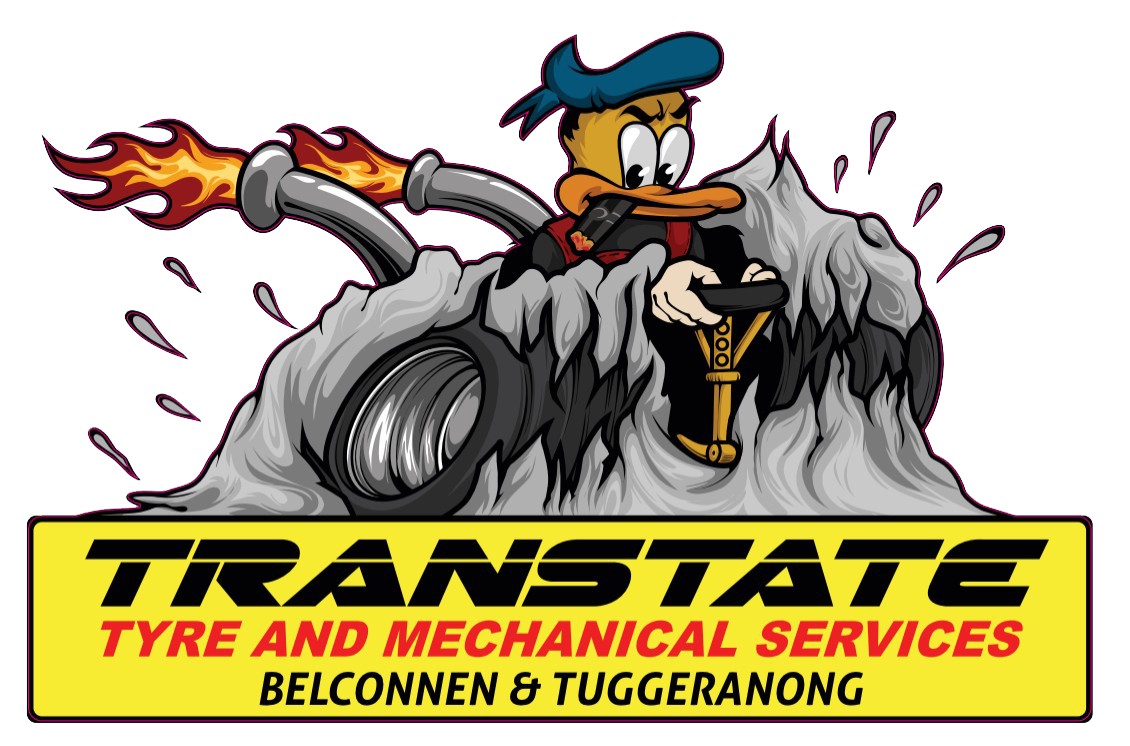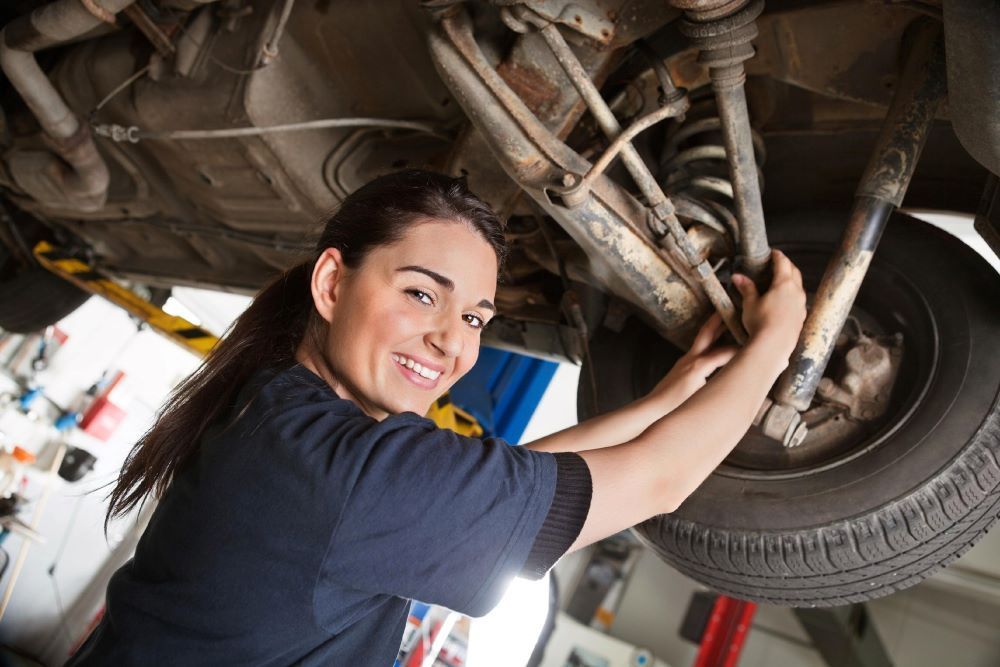Choosing the Right Suspension for Off-Road Adventures
For off-road enthusiasts, few upgrades have as much impact on performance, comfort, and safety as the right suspension setup. Whether you’re tackling rugged bush tracks, towing a camper trailer, or navigating the mixed road conditions around Canberra, your suspension plays a critical role in how your vehicle or trailer handles the journey.
With so many options available, choosing the best suspension for off-road use can be challenging. The right choice depends on your terrain, load requirements, and driving style—and getting it wrong could leave you with a less capable, less comfortable ride. This guide will walk you through the key considerations so you can make an informed decision for your next adventure.
Understanding Off-Road Suspension
Suspension systems are designed to absorb shocks from uneven terrain, keep tyres in contact with the ground, and maintain vehicle stability. In off-road conditions, the suspension faces higher demands than on sealed roads—dealing with ruts, rocks, sand, and steep inclines.
Off-road suspension upgrades typically improve on the factory setup by offering:
- Increased ground clearance.
- Stronger components to handle heavier loads.
- Enhanced shock absorption for rough terrain.
- Better articulation to keep wheels planted.
Whether for a 4WD, ute, caravan, or trailer, a suspension upgrade can make the difference between a smooth, controlled ride and a fatiguing, risky drive.
Key Factors to Consider
Before selecting a suspension in Canberra, think about how you use your vehicle and what you want to achieve from the upgrade.
Terrain Type
The type of terrain you’ll encounter has a major influence on the suspension you choose:
- Rocky Trails and Steep Climbs – Look for long-travel suspension with high articulation to keep wheels on the ground.
- Sand Dunes & Beaches – Softer suspension helps maintain tyre contact without bouncing.
- Corrugated Gravel Roads – Heavy-duty shocks and springs can reduce vibration and improve comfort.
- Mixed Terrain – An all-rounder suspension setup balances off-road capability with on-road handling.
If your adventures range from the Snowy Mountains to the red dirt tracks out west, a versatile system is worth considering.
Load Capacity
Suspension performance changes depending on how much weight your vehicle carries. Overloading can cause sagging, reduced handling, and faster wear.
- Touring with Camping Gear – Consider medium- to heavy-duty springs to support extra weight without losing comfort.
- Towing Caravans or Trailers – Upgraded suspension helps maintain stability and control, particularly on uneven ground.
- Work Vehicles with Tools & Equipment – Heavy-duty setups provide durability and prevent bottoming out.
Matching your suspension’s load rating to your actual usage is essential for both safety and performance.
Lift Requirements
Many off-road drivers upgrade suspension to gain additional ground clearance, making it easier to clear obstacles like rocks and tree roots.
- Mild Lift (25–40mm) – Improves clearance without significantly altering handling.
- Moderate Lift (50–75mm) – Popular for 4WD touring setups; increases space for larger tyres.
- Extreme Lift (100mm+) – Suitable for serious off-road use but requires additional modifications to maintain safety and legality.
Be aware that in Australia, there are legal limits on suspension lift height without engineering certification. Always check local regulations before making changes.
Ride Comfort
Off-road capability shouldn’t come at the cost of comfort, especially on long trips. Softer suspension absorbs bumps better but can compromise handling when carrying heavy loads. Stiffer setups improve stability but may feel harsh on corrugated tracks.
Look for a system that offers a balance between comfort and control, or consider adjustable shock absorbers that let you fine-tune the ride for different conditions.
Durability & Maintenance
Off-road conditions are tough on suspension components. Dust, mud, and water crossings can accelerate wear, so it’s worth investing in high-quality parts designed for durability.
- Corrosion Resistance – Powder-coated or zinc-plated components resist rust in wet or salty environments.
- Heavy-Duty Bushes & Mounts – Last longer under constant movement and heavy loads.
- Sealed Shock Absorbers – Protect internal components from dirt and moisture.
Choosing a system built for Australian conditions ensures it will stand up to years of adventure.
Professional Installation
Suspension upgrades are best handled by professionals. Correct installation ensures:
- Proper alignment to avoid uneven tyre wear.
- Correct spring rates and shock absorber pairing.
- Compliance with local road laws.
- Safe handling on and off the road.
A poorly fitted suspension can lead to instability, increased stopping distances, and premature wear.
Types of Off-Road Suspension Systems
When searching for “suspension near me”, you’ll likely encounter several common types for 4WDs and trailers:
Leaf Spring Suspension
Durable and reliable, leaf springs are often used in heavy-duty applications like utes and trailers. They handle heavy loads well but can be less comfortable than coil springs.
Coil Spring Suspension
Provides a smoother ride and better articulation, making it a popular choice for passenger 4WDs used for touring and recreation.
Independent Front Suspension (IFS)
Improves on-road handling and comfort while still offering decent off-road performance. Limited travel compared to solid axles but great for mixed use.
Air Suspension
Offers adjustable ride height and load capacity at the push of a button. It’s ideal for varying loads, but more complex and expensive to maintain.
Matching Suspension to Your Vehicle’s Purpose
To get the most from your suspension upgrade, match it to how you use your vehicle:
- Weekend Adventurer – A moderate lift with upgraded shocks for better control and comfort.
- Long-Distance Tourer – Heavy-duty springs and long-travel shocks for carrying gear over rough terrain.
- Heavy Towing – Reinforced suspension to handle trailer or caravan weight without compromising stability.
- Technical Off-Roader – Maximum articulation and ground clearance to navigate challenging obstacles.
Maintenance Tips for Off-Road Suspension
Once you’ve invested in an upgrade, ongoing maintenance will help it perform at its best:
- Inspect Regularly – Check for leaks, worn bushes, or damaged components after trips.
- Clean After Off-Roading – Hose down mud and salt to prevent corrosion.
- Lubricate Moving Parts – Keep bushes and joints in good condition.
- Get Periodic Wheel Alignments – Prevent uneven tyre wear and maintain handling.
Talk to the Experts at Transtate Trailers & 4WD
If you’re planning an off-road trip and need advice on the right
suspension in Canberra, the team at
Transtate Trailers & 4WD can help. We fit high-quality suspension kits for 4WDs, work utes, and daily commuters—designed to suit the unique demands of Australian conditions. Whether you’re after improved ride comfort, extra ground clearance, or heavy-duty towing stability, we’ll match the perfect system to your needs.
Contact us today!





